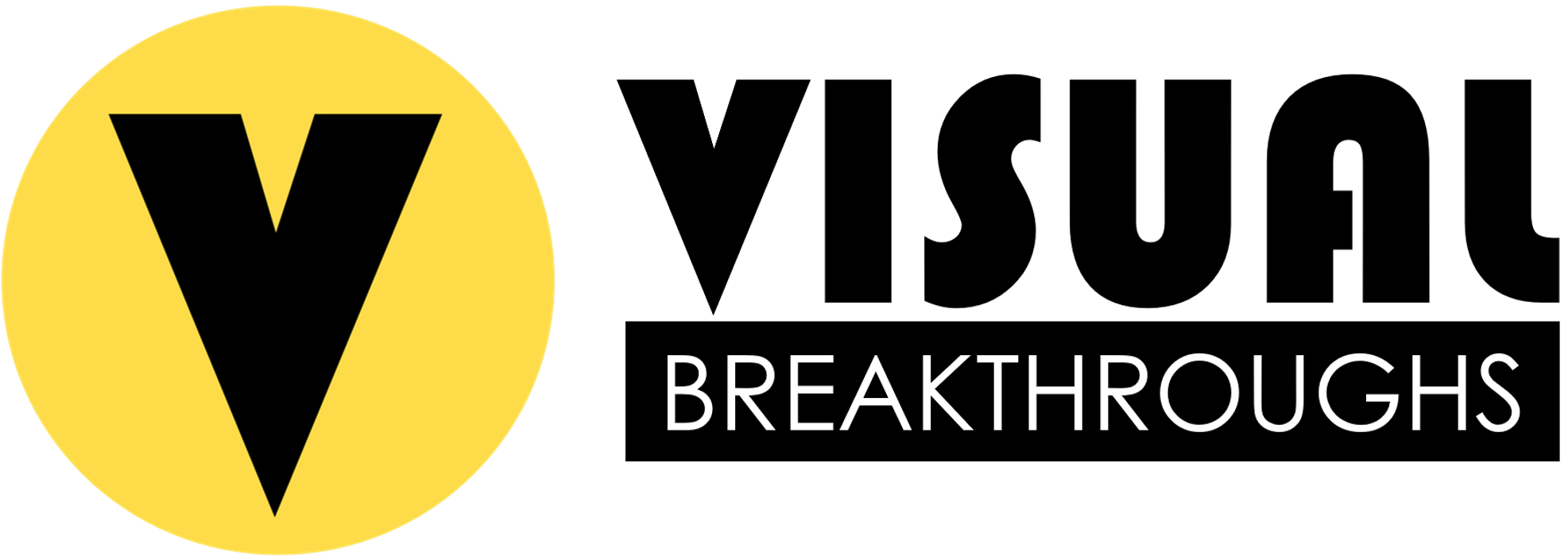by Mike Humphrey
There is a familiar frustration with organizations regarding speakers. You pay them good money to deliver a speech that really means something to your audience, and in turn, your organization. You conduct pre-event phone calls and send packets of info with the speaker. Yet they walk on stage with relatively the same speech they always deliver. It is a good speech, but might have been so much better…it could have spoken directly to the audience and made the impact that you had hoped for.
Why do so many speakers struggle with customizing their speeches?
This starts with how most keynote speakers construct their presentations. They see it as a 10k road race, with a starting line, a race course, and a finish line. It is a set path, memorized and practiced to fit a fixed time frame and for maximum effectiveness for the speaker. Have you ever tried to memorize 30 minutes of dialogue for a play? It is hard, and takes tens of hours to work out the physical and vocal aspects of the delivery. Any deviation throws off this linear path from start to finish. So most speakers choose to minimize deviations and stay on their proven course to the finish.
There is a better way to build speeches, one which speakers should adopt and planners should make a priority in speaker selection. It is the concept of Modules and Bridges (M&B).
Modules are stories that a speaker can tell by heart…the type of stories you tell over a dinner table or over the water cooler. These stories are usually 1-6 minutes long, and can be about data, case studies, jokes, videos…practically anything. Speakers build up their own library of these modules, and can pick and choose which modules to use in a speech based upon what the organization needs. After all, storytelling is the heart of great speeches.
 Bridges tie the modules together. A good bridge provides audiences with an explanation as to why they just heard a module…what they should take away, why that module matters to them, etc.
Bridges tie the modules together. A good bridge provides audiences with an explanation as to why they just heard a module…what they should take away, why that module matters to them, etc.
Now here is what makes M&B special: The modules belong to the speaker; the bridges belong to the audience. What I mean is that the modules contain the key content and delivery that makes that speaker special and unique. But the bridges address why the audience should take the modules to heart and why they should listen to the next module.
By using modules and bridges, it makes it much easier to adjust the focus of the speech, the length of the speech, the tenor of the speech, and the key takeaways. New modules can be created for a particular audience and inserted in the most effective spot, without negatively effecting the other modules.
M&B is a powerful methodology for planners too, as it helps assist speakers in building the bridges that key-in on the vital messages that are relevant to that audience.
If you have any questions on creating better speeches with M&B, please feel free to contact me at 973-792-8200 and at mike@nextupspeakers.com.
Michael Humphrey has been representing and managing some of the most successful speakers of the last four decades. He is the CEO of Nextup Speaker Engagement (www.nextupspeakers.com), and the Principal and Creative Director of for Visual Breakthroughs (www.visualbreakthroughs.com) which is a professional video production and digital marketing service.

